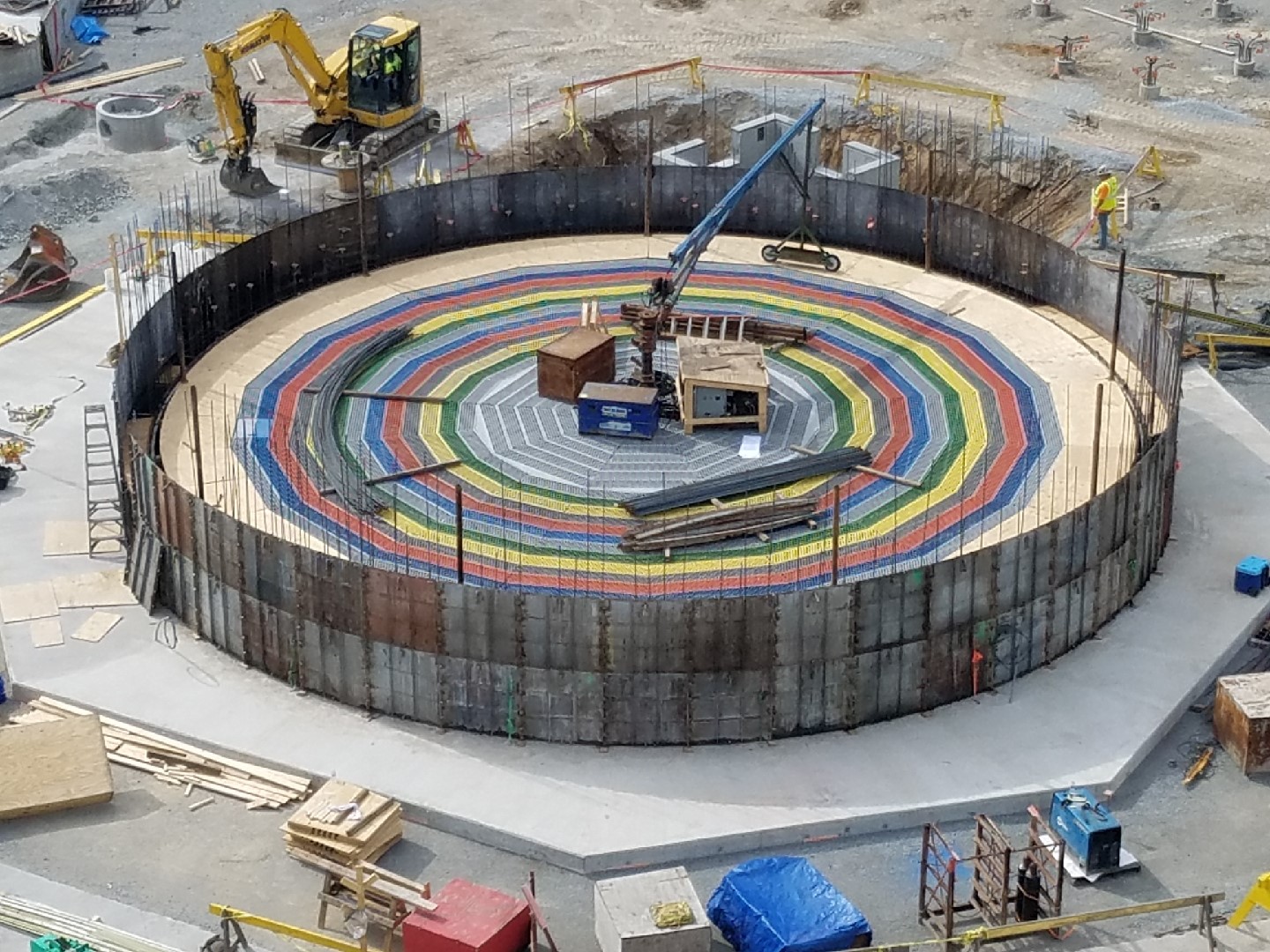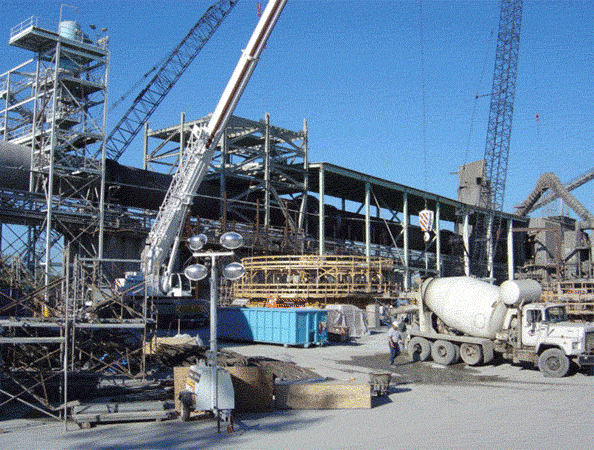Blog
Early storage silos, primarily used by farmers for the bulk storage of corn, were built using wood, brick, stone or galvanized steel throughout the late 19th century. The use of concrete for the construction of storage silos revolutionized the industry in the early 20th century and expanded the use of storage silos beyond the farm. Today, both steel and concrete silos are commonly used in industry for the storage of ash, coal, lime, aggregate and more.
Concrete Silo vs. Steel Silo, Which One is Better?
Concrete silos are favored over steel silos because they are a superior cost savings solution that can be designed to resist internal abrasive wear, while withstanding pressures that would cause steel silos to buckle.
Over time, concrete storage silos are less costly to maintain – lifetime savings can reach 50-70% over steel construction. As steel structures battle costly corrosion issues – especially when contents have moisture or are corrosive – regular repair of rust areas as well as exterior cleaning and painting is required. In addition, steel silos often need internal repairs requiring the silo to be emptied, creating costly downtime and inconvenience.
Cement silos cannot rust and require no exterior painting or cleaning. Additionally, repairs are usually made to the outside of concrete silos without disturbing the inside contents.
Advantages of Concrete Silos
- Concrete silos are typically lower in cost than metal silos.
- Concrete silos have good resistance to corrosion, including both corrosion of internal walls due to the stored bulk solid and external corrosion caused by moisture. Metal corrosion is a well-known problem.
- No need for expensive painting of silos due to corrosion thus lowering operational cost.
- There is no concern about electrolytic effects at welds or liner connections.
- Careless detailing of metal walls may leave inward facing ledges or welds, which can obstruct flow and increase wall pressures. This is avoided with concrete.
- Concrete is better able to resist abrasive wear than most metals.
- Concrete is more robust and thus better able to withstand internal pressure loads and impact loads.
- Concrete has higher wall friction angles with most bulk solids than most metals. This results in higher frictional drag down the cylinder walls and hence lower pressures acting normal (i.e. perpendicular) to cylinder and hopper walls.
- There is no concern about weld quality or stress risers, such as bolted connections.
- There is no concern about leakage to the environment.
To learn more about the advantages of concrete silos over steel silos, read our concrete vs. steel safety bulletin.
What’s the Difference Between a Jumpform Silo and a Slipform Silo?
 |
 |
Jumpform Silos
Jumpform construction is an economical construction choice as the form can be set up and ready to make the first pour of concrete within a week. Due to an incremental schedule rather than the continuous schedule, costs are reduced approximately 20% over Slipform construction. Concrete storage silos from 10' to 65' in diameter can be built using this technique.
The Jumpform silo framework is reusable and takes just a few days to set up after delivery to the job site. Once set up, the form provides a safe, circular deck used to access and erect the concrete silo from the interior, allowing a smaller job site. When construction is finished, the form is quickly removed from the job site.
Since Jumpform silos are poured in a slow controlled process it allows additional time to complete a thorough quality control inspection of the form, steel reinforcements and embedments before concrete is poured.
Marietta Silos’ standard horizontal construction joint detail creates a leak-proof joint system. Jumpform construction is the best choice for concrete storage silos less than 65’ in diameter. Marietta Silos is the only Jumpform manufacturer in the country that complies with OSHA 125' scaffolding requirements.
Slipform Silos
Slipform silos are best for construction projects over 65’ in diameter. They are formed from a continuous, monolithic pour of the concrete walls, which creates a smooth, continuous outer appearance. The need for a continuous pour necessitates a 24 hours per day schedule, including nights and weekends, until the silo is completed. This contributes to a possible 20% increase in overall costs over Jumpform construction techniques under 65' in diameter.
The walls of Slipform silos are faster to pour than Jumpform silos. However, the time savings is offset by the time required to construct a custom-built form system for both the interior and exterior of the silo wall. Construction of the Slipform system takes approximately two months to create. Overall, the construction time is equal to the Jumpform.
Slipform silo forms are an integrated form and work deck system that includes an interior work deck and interior and exterior finishing scaffolding. The form is also supported by jack rods that are attached to the hydraulic jacks to slowly raise the forms during construction. The forms raise continually, about one foot per hour, with crews working both above and below the rising forms at the same time. Workers on the interior work deck continue to pour new concrete and steel reinforcement along with embedment as the form raises, while workers on the interior and exterior scaffolding hand finish the silo walls as they are exposed by the rising form.
Slipform construction is typically the best choice for more than 65’ diameter silo construction or if multiple concrete silos need to be created at one time.
Be sure to check out our full library of silo construction videos on silo maintenance and inspection videos on 





